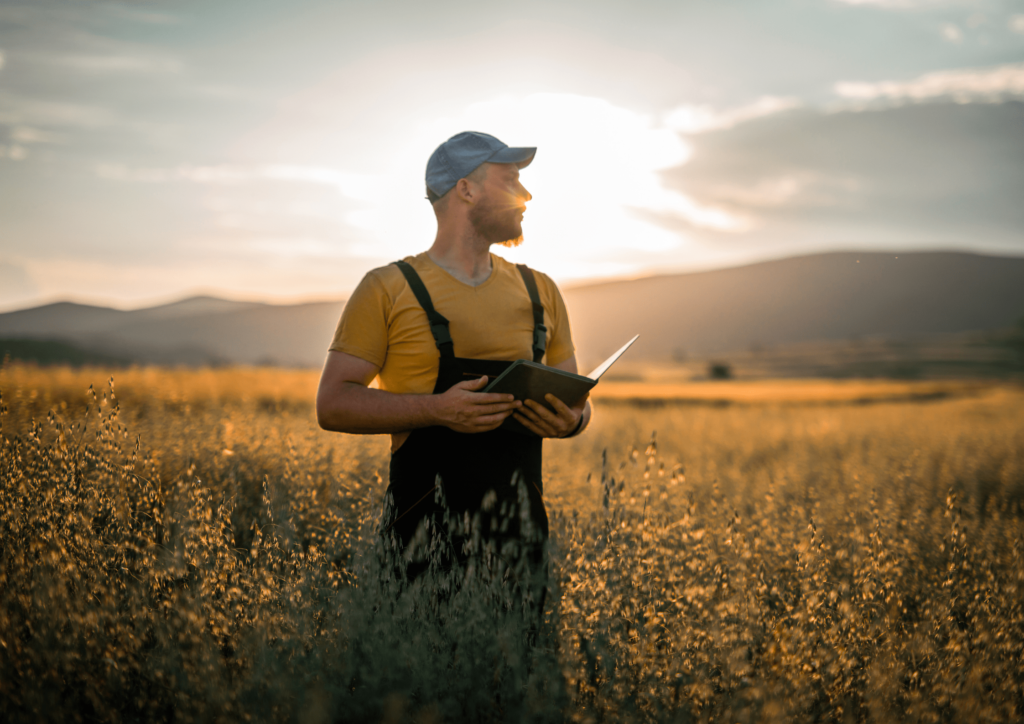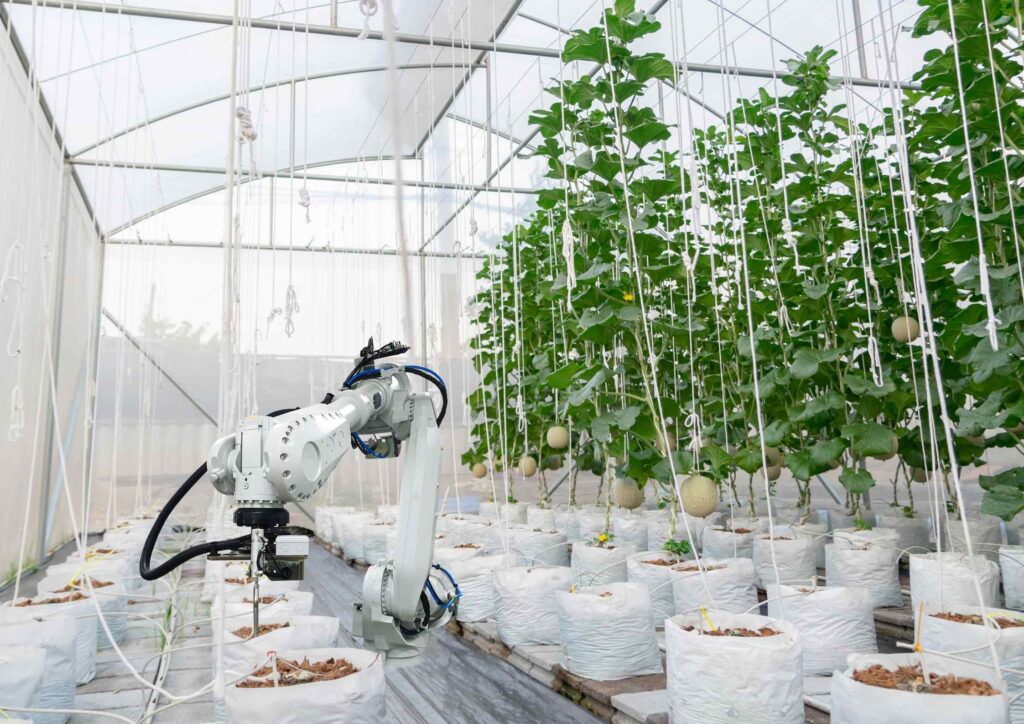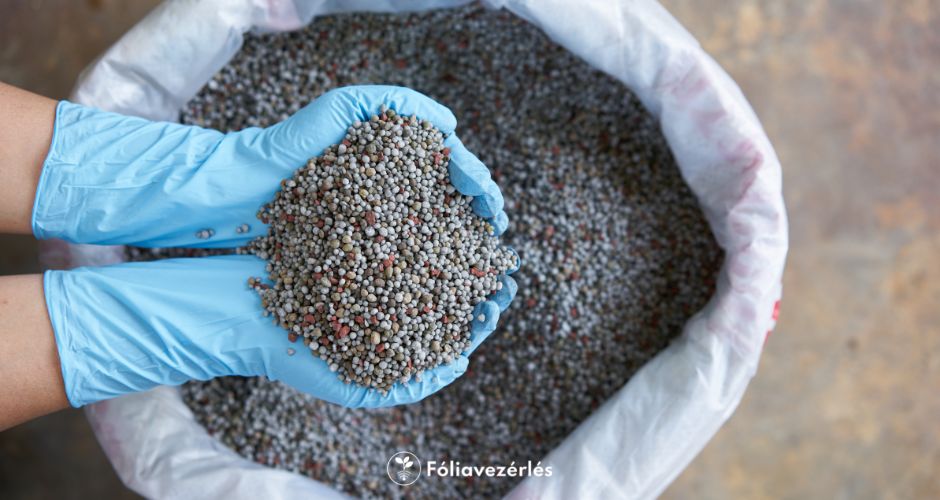Why is it good and what are its dangers?
We use more and more digital devices and encounter digital processes in everyday life. Most of the companies use cloud-based services to store their documents and automated systems to centralize the customer data they store, making order processing faster and easier to trace. These are excellent examples of digitisation in practice.
Digitisation (by definition) is the process of making a physical quantity processable by computer in a specific way. Therefore, its aim is not only to promote the use of digital tools, but mainly to make certain processes digital.
As in so many areas of life, agriculture is showing signs of digitalisation – according to the Hungarian Central Statistical Office (KSH), 38% of farms were using some kind of digital device in 2020, mostly for banking and governmental administration.
These solutions can often make day-to-day operations more convenient and they can also drive cost savings, as well as making collected data and statistics easily accessible and searchable for the farm, making even a small farm much more efficient and less time-consuming to run and maintain.
An excellent example of digitalisation in agriculture is Climate Fieldview, which started as a weather information provider and was acquired by Monsanto in 2013. Climate Fieldview now collects farm data from around 60 hectares in 23 different countries, including relevant soil conditions and quality. Previously, with its application called Xarvio Scouting, it offered farmers the opportunity to take a photo of a diseased plant and upload it to the cloud. By comparing this with approximately 100,000 photos already collected, the app helped to identify the potential problem, suggested a treatment, and even recommended herbicides from Bayer’s own range to treat the specific disease.
According to surveys by Business Tech Weekly, digitisation efforts of a business can increase its efficiency by 40%, and lead to an average time saving of more than 36% overall, and even provide a new source of revenue for the business.

A digital farming model can therefore have a direct impact on productivity, efficiency and sustainability. New sensor systems and the analytics connected to them provide us with the information we need to make well-informed, data-driven and more rational decisions, and in time, because we have the latest data at our fingertips. This makes our production much more predictable. By automating some processes and relying on sensors, we will have a more reliable business. The expectation, or rather the hope is that the smart farming approach will ultimately improve agricultural knowledge, individual farms and even outsider farms through effective information sharing.
Unfortunately, at the same time, the phenomenon of agricultural digitalisation raises many social, technical, economic and ethical questions, particularly in relation to the way commercial farming is currently practised.
With the spread of smart devices and sensors, everyday management is becoming more and more information-driven, and we access information through these tools. This will sooner or later overshadow or completely outcast the former way of learning from each other, relying on advice from more experienced farmers, and generally the learning process and community values that used to exist in traditional agriculture. However, on the other hand, general agricultural knowledge based on research and experiments can be replaced by location-specific and/or farm-specific information based on accurate, up-to-date data.
We do not always need to digitise our entire farm. It deserves carefully considering, for example, to what extent it is worth for a small-scale farmer to develop technology on his farm.
However, the countless and often complex data sets that are now available to us thanks to smart devices can often make the decision even more difficult and not easier. This is why we tried to make the most important data easily accessible and provide it in a simple form when developing the remote-control system of Smart Greenhouse Control – so we can be immediately informed of the current humidity and temperature data in our foil tunnel. With this information, you can immediately decide whether to open or close the vents to create the optimum conditions for your plants.
Evidently, as with any discussion on robotics, there is also the question of the practical necessity of replacing humans with machines, how ethical it is, and whether the benefits really outweigh the drawbacks. In agriculture, measuring sensors provide raw data (e.g., about weather), while smart devices provide more sophisticated information (e.g., drone cameras), so in both cases the final decision is in the hands of a person, the farmer. Based on the data offered by digital devices, he can make the decision that seems best for him in the light of data offered by the digital tools. Smart systems based on smart devices only partially enable this.
Due to automated processes, the machine can make decisions on its own, based on pre-entered algorithms – steadily reducing the role of humans in the economy, and replacing human analysis and planning with tools. This can of course make the farmer’s daily tasks easier, but it shatters the very basis of experimental learning based on continuous observation. Agriculture is slowly becoming the second most drone-using sector, with drones being used for taking pictures and recordings around the farm as well as for automated weed/pest control on the farm. As a result of automation, miniature robots emerge that are capable of weeding, fruit picking and even autonomous pest control.

For larger farms, the increasing use of robots, technological development and the introduction of digital solutions pose another serious issue. The well-known seasonal works are found in agriculture for decades. Who hasn’t spent their summer holidays picking fruit from the tree or in the greenhouse as a student to make some pocket money? Not just as a student job, but also as the easiest job for temporary migrants in North America, for example.
But with the rise of robots, there will be less and less need for experienced workers and occasional workers. In Japan, for example, fruit pickers wear automated arms that speed up the picking process. However, the robotization of workers is leading to serious injuries and accidents. (A study by the U.S. Labor Department found that workplace accidents increased by 50% in warehouses where robots were used.)
Another area of concern is the reliability of robots and smart devices. What happens if one of our pest control drones fails, or if our automated control system breaks down, promoting inappropriate temperatures or humidity? Or what happens if data measured by the sensor is simply incorrect? It can easily happen that we overheat (or cool) the foil tunnel because the measuring instrument is reading too low or too high temperatures, and our plants die. Who is responsible and what are the consequences? These are complex questions, the mere existence of which tells us that the experienced farmer cannot be completely replaced in any farm, regardless of size.
While digitalisation brings many benefits to even the smallest farm, it is important to find the middle ground and be well informed before integrating a smart system.





